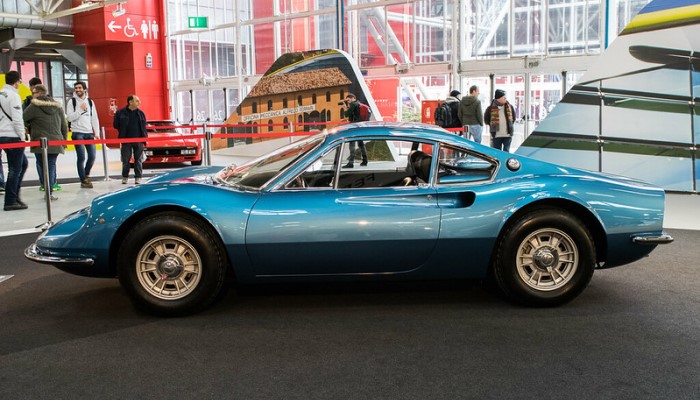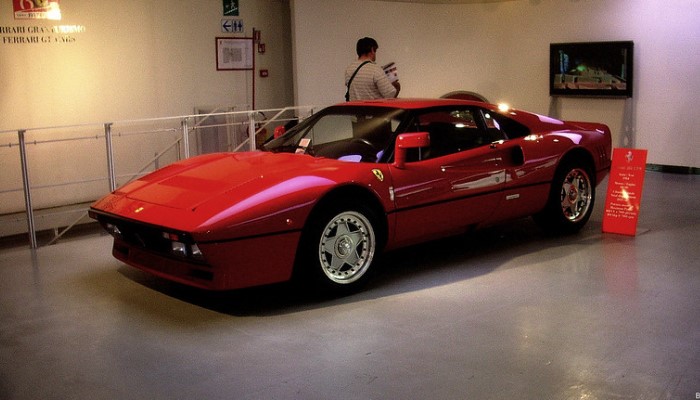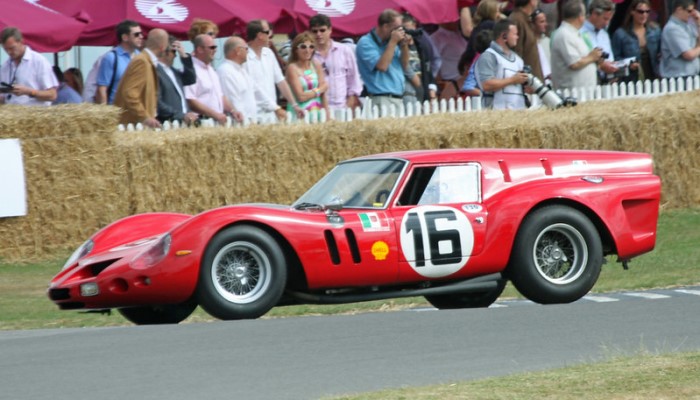Ferrari Dino 308 GT4
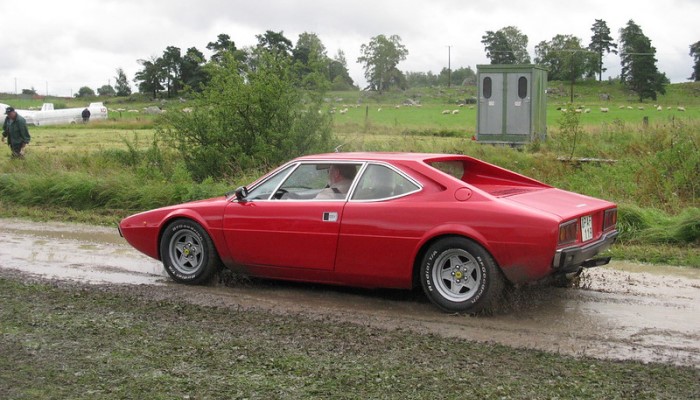
Photo: Ferrari Dino 308 GT4" by nakhon100
Exotic, But Still Below Ferrari Standards
Since many claimed (and still claim) that the Dino 246 GT was not a real Ferrari, its logical move was to replace it with the new 308 GT4. But unlike its predecessor, the public was not impressed when they saw this model at the 1973 Paris Motor Show.
There are many theories as to why the 308 GT4 looked the way it did, and many believe Fiat was the main culprit. By the way, it should be noted that the 308 GT4 was also sold until May 1976 under the Dino label.
Collaboration with Fiat
In 1969, Fiat bought 40% of Ferrari's shares, while Enzo kept 49%, 1% went to Pininfarina, and the remaining 10% was owned by Enzo's son Piero Ferrari from a relationship with Lina Lardi, whom Enzo did not even accept until 1978.
Enzo looked for a business partner throughout most of the 1960s and even had serious negotiations with Ford in 1963, which resulted in the legendary Ford GT40.
However, the collaboration with Fiat appealed to Enzo much more, especially since he retained complete control over the racing team, while allowing his business partner to take control of the production cars.
The Idea of a 2+2 Ferrari Car
While the Dino 246 GT is a two-seater, the new 308 GT4 is a 2+2 car with a 8 in (210 mm) longer wheelbase to make room for the small rear seats. The logic was that rear seats would increase sales, but it is hard to imagine Enzo would have been interested in such a thing, so it is assumed that the decision was Fiat's.
However, Piero Ferrari and designer Marcello Gandini later stated that the 308 interested Enzo very much and that he paid great attention to its development. They also stated that it was Enzo who made the serious decision not to have the design done by long-time partner Pininfarina but by big rival Bertone.
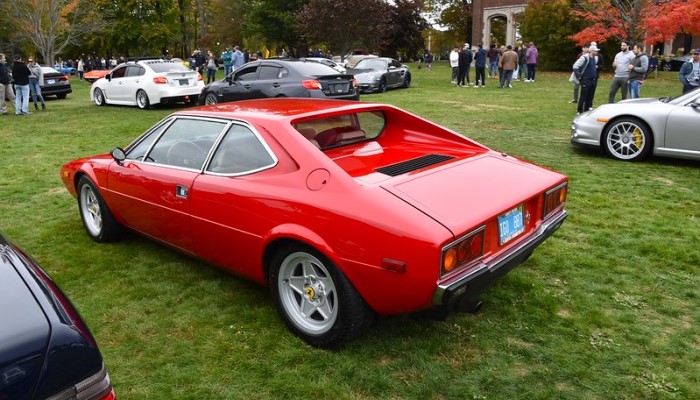
Photo: Ferrari 308 GT4 (1975)" by usf1fan2
It had been more than 20 years since Bertone had designed the last Ferrari, but Enzo was very pleased with the work that this design house had done with the Fiat Dino Coupe and for this reason he thought that the success could be repeated with the 308 GT4.
Even if the above story is true, this move was still strange especially because Bertone had a long-standing business relationship with Lamborghini, and there are stories that the 308 GT4 was actually a rejected prototype that Bertone had done for a rival.
Mechanically, the 308 GT4 used an identical chassis to the earlier Dino, but it was lengthened and thus the vehicle's weight was 1,330 kg. The American versions were 135 kg heavier thanks to new bumpers for safety measures, and although expectations were that the 308 GT4 could represent the ideal 2+2 car, the space in the rear seats was almost non-existent. It was big enough for a passenger bag, although the luggage space was solid for its class.
Engine and Performance
The biggest news was the new 3.0L V8 engine, which thus became Ferrari's first eight-cylinder engine in a production car and raised power to 252 hp.
Despite the greater weight, the 308 GT4 was still a very fast car with acceleration to 100 kph (0-62 mph) in 6.5 seconds and a top speed of 154 mph (248 kph). It also behaved solidly in the corners, but the Chevrolet Corvette and Porsche 911 offered identical performance for significantly less money.
Engine Specs
| Engine Type | V8 |
| Layout | Rear engine, RWD |
| Displacement | 183 ci (3.0 L) |
| Power | 252 hp |
| Power/Weight | 199 hp / Tone |
Performance
| 0-100 kph (0-62 mph) | 6,5 s |
| 0-160 kph (0-100 mph) | 16,4 s |
| Top Speed | 154 mph (248 kph) |
The Public Couldn't "Digest" the Design
However, although this car had many positive features on paper, the public ultimately could not get over the design. A centrally mounted engine in a 2+2 car rarely looks good and the 308 GT4 was no exception.
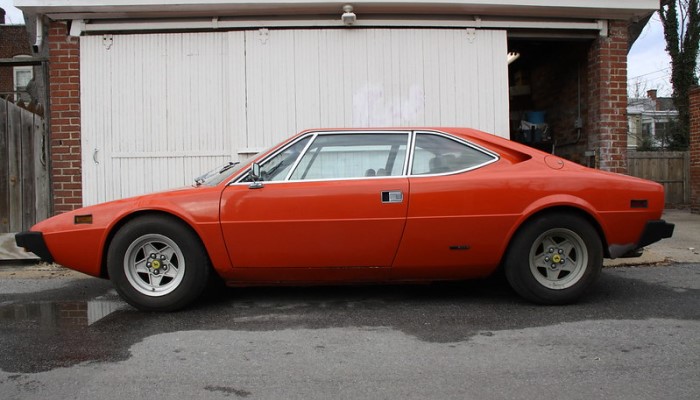
Photo: 1975 Ferrari Dino 308 GT4" by Gamma Man
Ferrari managed to solve this problem with the new 308 GTB, which debuted at the 1975 Paris Motor Show and was designed by Pininfarina. But that's another story.
European buyers could also get the slightly smaller 208 GT4 with a 2.0L V8 engine producing 180 hp. It had slightly lower performance, with a 0-62 mph (0-100 kph) time of 8.5 seconds and a top speed of 135 mph (217 km/h), and only 840 examples were produced, mostly for the Italian market.
The debut of the new and more popular 308 GTB was seen by many as a sign that the 308 GT4 was no longer in the market, but Fiat felt that Ferrari should at least offer an affordable 2+2 car. For 1978, power was reduced to 230 hp due to new emissions standards, and production ended in December 1980.
Total production was 2,826 units, making it one of the best-selling cars in Ferrari history, and it was replaced by the Mondial 8. On paper, the 308 GT4 wasn't a bad car, especially when compared to its competition during the "automotive-dark" 1970s, but as we mentioned - the biggest problem was the design.

Although this car definitely looked exotic, it was still below Ferrari standards and many even managed to confuse it with some rivals such as the Lamborghini Urraco and De Tomaso Pantera. This car will go down in history as the car that perhaps meant the most to Enzo and that evoked memories of his son Dino.
308 GT4 Today's Price Range
The price range for a Ferrari 308 GT4 in today's market is… well, it's a rollercoaster. Think of it like this: you could find a slightly rough-around-the-edges example for a price that might make your wallet weep, or you could stumble upon a pristine, concours-ready beauty that'll make your bank account spontaneously combust. We're talking a significant difference!
Here are the rough numbers:
- Project Car: $10,000 - $30,000
- Driver-Quality: $30,000 - $100,000
- Excellent Condition: $100,000 - $200,000
- Concours-Ready: $200,000+
As you can see, the price varies wildly based on condition, originality, and documented history. Here is a chart of sales over the last five years.
What factors contribute to this price disparity?
As with all classic cars, the same factors that determine the price apply here. It's worth repeating...
Condition: Rust, mechanical issues, and the overall wear and tear all play a massive role. A car needing a complete restoration will cost significantly less upfront but could easily drain your savings in the long run.
Originality: A car with all its original parts, in their original condition, commands a much higher price. Think of it as a vintage wine – the more untouched, the more precious.
Documentation: A comprehensive service history and a clear provenance significantly increase value. This proves the car has been well-maintained and isn't some kind of Frankenstein creation cobbled together from various parts.
Rarity: Specific colors, options, and even build dates can influence value.
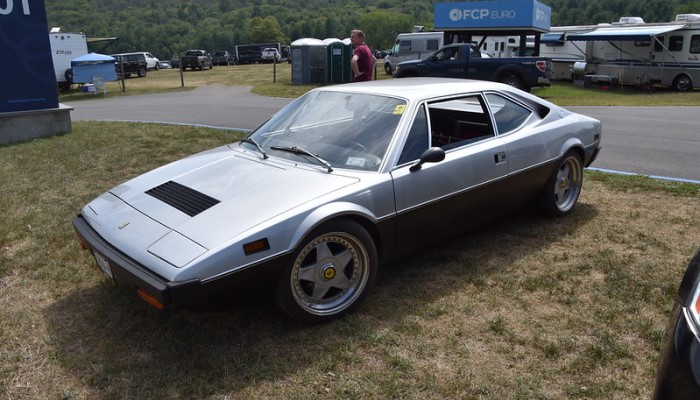
Photo: Ferrari 308 GT4 (1976)" by usf1fan2
FAQs:
Q: Can I afford a 308 GT4? A: Probably not unless you're already comfortably wealthy, or have a very generous sugar daddy/mommy.
Q: Are they expensive to maintain? A: Yes. Think of it as owning a temperamental, high-maintenance pet that also happens to be very, very fast.
Q: Where can I find one? A: Classic car auctions, specialized dealerships, and online marketplaces are good starting points. Be prepared to do your research, though!
Things to Consider Before Taking the Plunge:
- Thorough pre-purchase inspection by a qualified mechanic is crucial.
- Factor in the cost of maintenance, insurance, and potential repairs.
- Be prepared to spend significant time searching for the right car.

Unique Car Zone Team
A group of several fans of everything that moves on four wheels, a few article creators, a couple of marketing strategists, designers, web developers, and lots of coffee.




